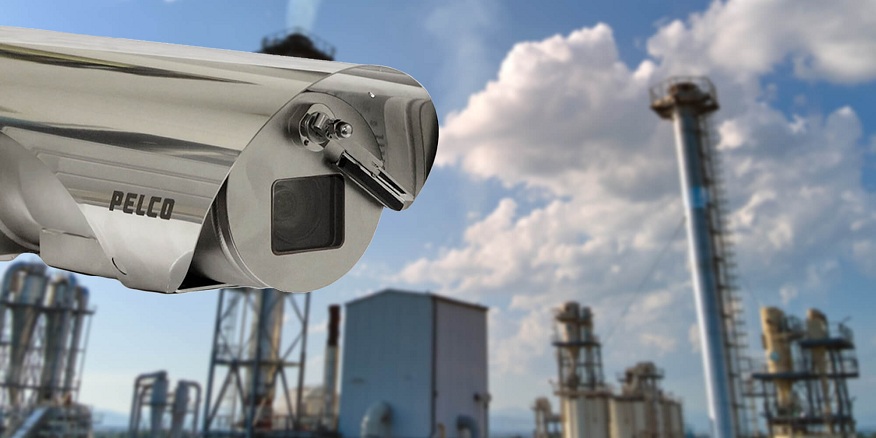Explosion Proof Cameras and what does it do?
Without question, manufacturing facilities and warehouses that hold and deal with hazardous materials are deemed hazardous locations. They can endanger the workers’ safety and have a significant potential to cause catastrophic damage to the facilities if something goes wrong.

Fines, losses in production, and damage to people and property put the corporation under severe financial hardship, which could have been avoided if essential precautions had been taken.
Occupational risks like this have fueled the demand for specialized video equipment like Explosion Proof Camera. Ideally configured as manufacturing camera systems, technological advances can assist your business in maintaining safety, avoiding mishaps, and monitoring processes and specific regions on your property.
Let’s go over the safety characteristics to look for in an explosion-proof camera used in a video surveillance system.
What are considered as the hazardous areas?
Accidents occur in hotspots in hazardous regions. Oil and gas factories, sugar factories, and food and chemical production plants, among others, are deemed hazardous due to the presence of flammable materials that can cause fires or explosions.
A hazardous area or location (HazLoc) can be classified into one of three types.
- Class I: These are areas where there are enough combustible gasses or vapors in the air to ignite and explode. Examples include hydrogen, methane, and gasoline.
- Class II: This type of setting is dangerous owing to flammable dust clouds, similar to what caused the explosion at the Georgia sugar factory.
- Class III: Fire-causing fibers, such as cotton lint caught in clothes dryers, pose a risk in Class III settings.
Businesses operating in hazardous industries must obtain ATEX (Equipment intended for use in explosive atmospheres) and IECEx (International Electrotechnical Commission Explosive) certifications as part of their safety standards.
These certifications examine industrial equipment, such as monitoring devices, to guarantee that it can operate safely in explosive conditions, urging firms to take responsibility in reducing the risk of accidents or injuries in hazardous locations.
Features of Explosion Proof Camera
Solid casing
Explosion-proof camera enclosures include two mechanisms.
On the one hand, they are constructed of strong, reinforced materials such as aluminum or stainless steel. The housing, on the other hand, has features that expel flammable gasses and prevent them from entering the enclosure.
Aim for an IP66 rating, which indicates that the casing is completely protected against dust and other such particles.
Security mounts
An explosion-proof camera is often held by welded brackets that can support up to five times the camera’s weight, maintaining it in place and keeping it from toppling at vital moments.
To safeguard the wire, it is routed through a flame-proof conduit before connecting to the electrical box, resulting in a simple and well-designed setup and mounting system.
Positioning system using a closed loop
The smallest change in the original position of a video camera can make all the difference in maintaining that everything that happens within hazardous zones is captured on video. Because they are designed to return to the same angle without delay, smart closed-loop positioning systems are ideal for use in fire and explosion-proof cameras.
Viewing window made of tempered glass with an optional wiper
In situations where flames or fluids can distort the surroundings, high-quality materials such as tempered glass and a wiper on the observing window are required to capture the best image possible.
Tempered glass, often known as toughened glass, can withstand tremendous pressure of a minimum of 10,000 psi before breaking. The wiper, which is identical to the one on your car’s windshield, provides a clean optical pane through which explosion-proof cameras can collect razor-sharp images.
Finally
Owners of enterprises are responsible for keeping employees safe by following safety standards and ensuring danger-free zones. These efforts also have a substantial impact on the company’s profitability, as the organization may continue to run normally without incurring costly charges due to property damage or employee injuries caused by accidents.
A risk-free workplace will contain a variety of critical moving elements, such as explosion-proof cameras and cutting-edge video monitoring solutions to cover potentially hazardous regions. Contact an expert for further information or a product demonstration.



